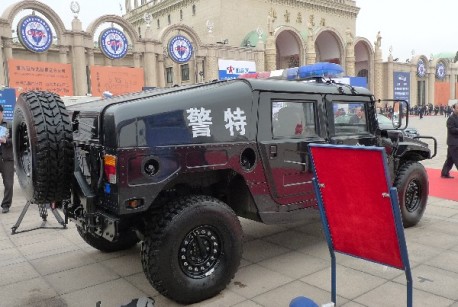 Excerpts
ExcerptsToday, the eastern third of the country has the largest forest in the contiguous U.S., as well as two-thirds of its people. Since the 19th century, forests have grown back to cover 60% of the land within this area. In New England, an astonishing 86.7% of the land that was forested in 1630 had been reforested by 2007, according to the U.S. Forest Service.
Sterilize them? Kill them? For every option and every creature there is a constituency. We have bird lovers against cat lovers; people who would save beavers from cruel traps and people who would save yards and roads from beaver flooding; Bambi saviors versus forest and garden protectors.
Some towns are becoming more tolerant of hunters than of deer, noting that while guns kill 31,000 Americans a year, hunters kill only about 100, mostly each other. Deer, on the other hand, kill upward of 250 people a year—drivers and passengers—and hospitalize 30,000 more. Some communities screen hunters, allowing them to use only bows and arrows and shotguns that have limited ranges.
encroach onto plantations during the dry season when forests and grass lands have marginal greenery, but this is occurring when its green all over.
So what is happening, to quote from the WSJ article
Why? Our habitat is better than theirs. We offer plenty of food, water, shelter and protection. We plant grass, trees, shrubs and gardens, put out birdseed, mulch and garbage.From one of the comments on the WSJ article which highlights there been no correct answers.
Sprawl supports a lot more critters than a people-free forest does. For many species, sprawl's biological carrying capacity—the population limit the food and habitat can
Friends of mine, who have spent time in Spain, in the past several years, tell me that wind farms are devastating to wild life. They say that there is isn't a rabbit, squirrel or deer to be seen in Spain. They didn't know if the animals were hiding somewhere, but they certainly weren't visible. Thinking is that the vibrations from the wind turbines discourage the reproduction of the animals.
















 A (rs17822931), in the ABCC11 gene is responsible for determination of earwax type. The AA genotype
corresponds to dry earwax, and GA and GG to wet type. A 27-bp deletion
in ABCC11 exon 29 was also found in a few individuals of Asian ancestry.
A (rs17822931), in the ABCC11 gene is responsible for determination of earwax type. The AA genotype
corresponds to dry earwax, and GA and GG to wet type. A 27-bp deletion
in ABCC11 exon 29 was also found in a few individuals of Asian ancestry.


